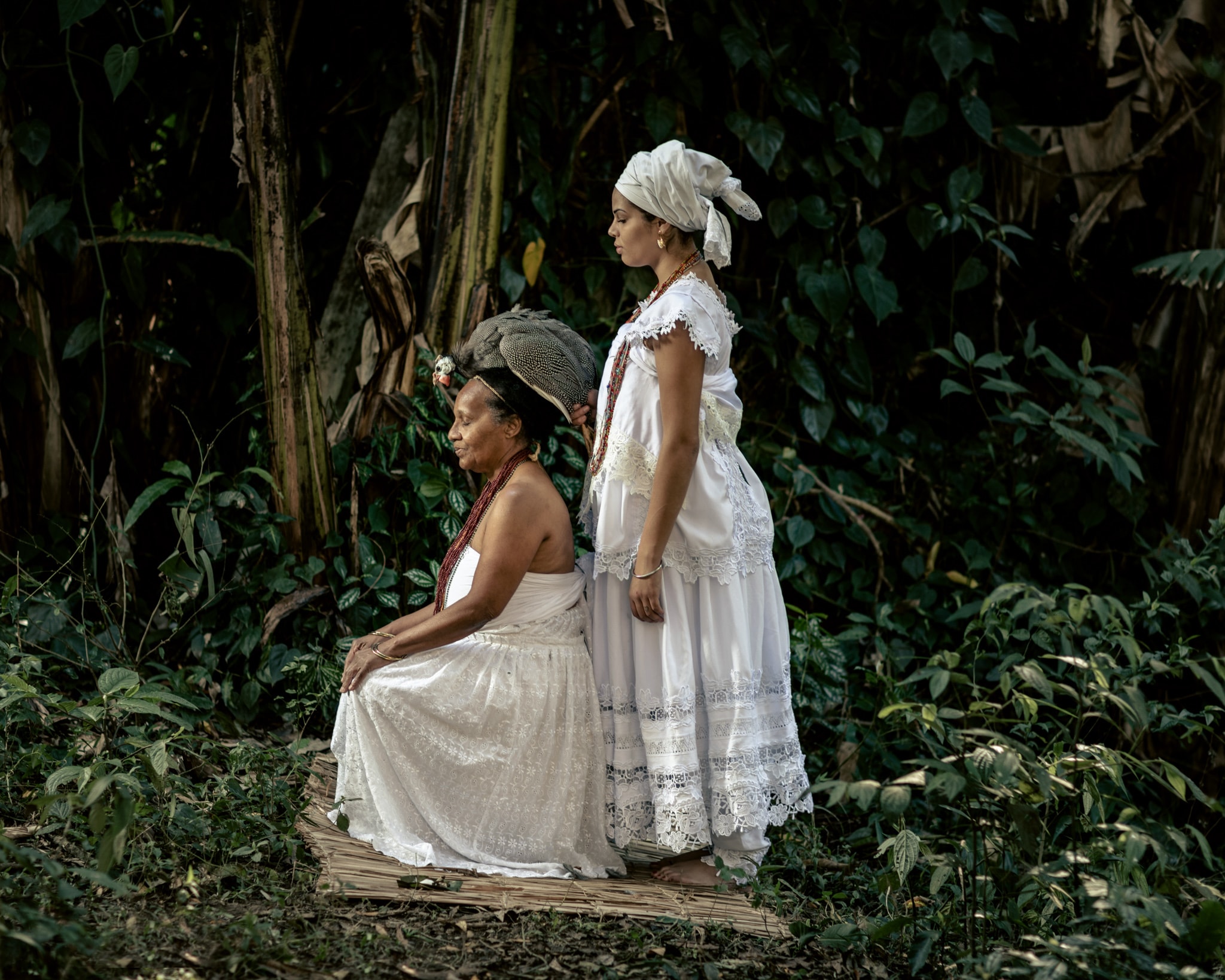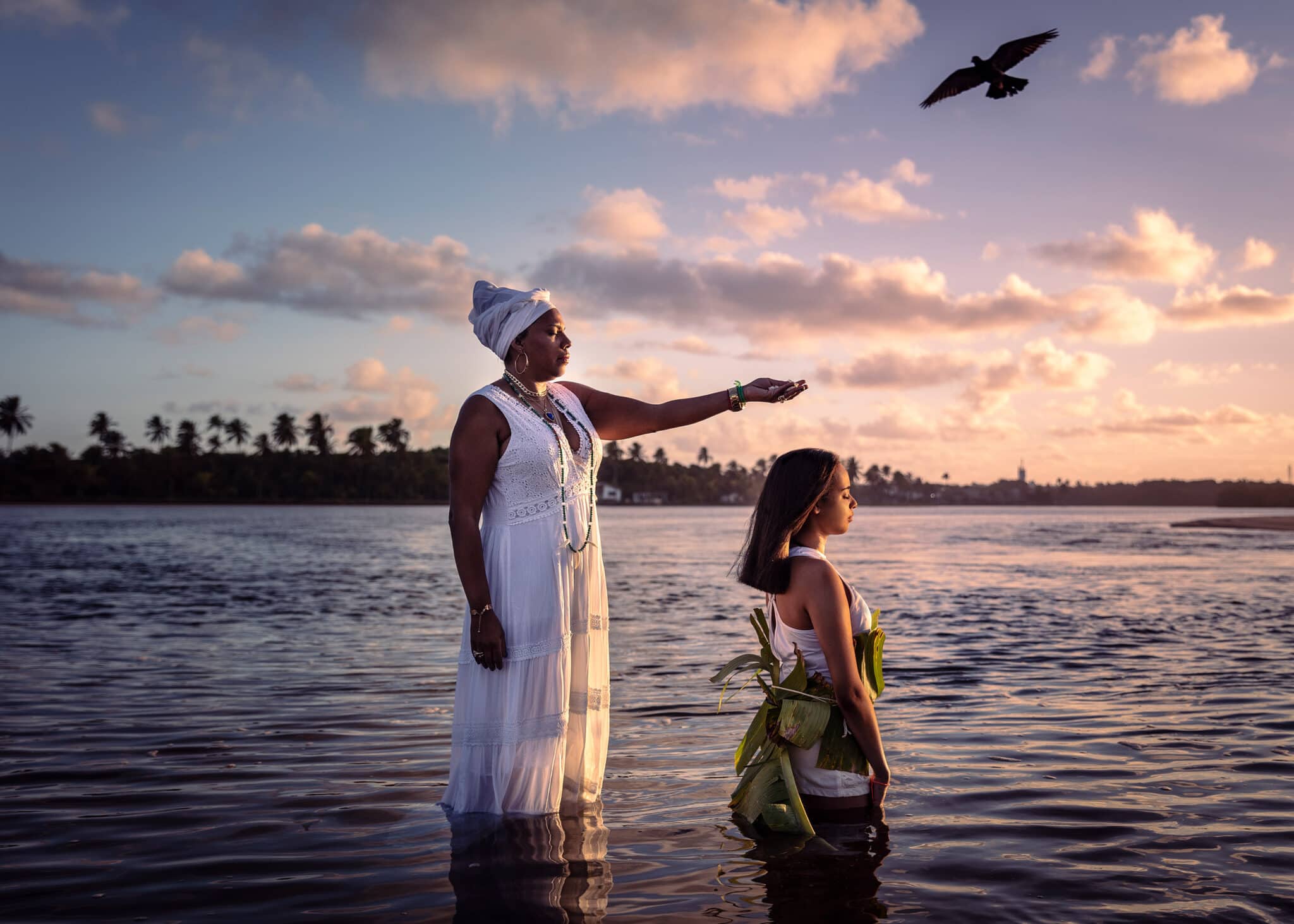
When my spiritual world stopped, I took these photos
Gui Christ is a Brazilian documentary photographer and belongs to Umbanda. When the pandemic hit, he quickly looked at the ways it particularly affected his religion and other Afro-indigenous people. There were many deaths, a lot of closed temples, and many people needing their rituals, their head washes with herbs, their collective prayers. A lot of people need to put the “axé” in motion in a world that had almost completely stopped. He presented a project to Nat Geo to record how Afro-indigenous religions were adapting and went to work.
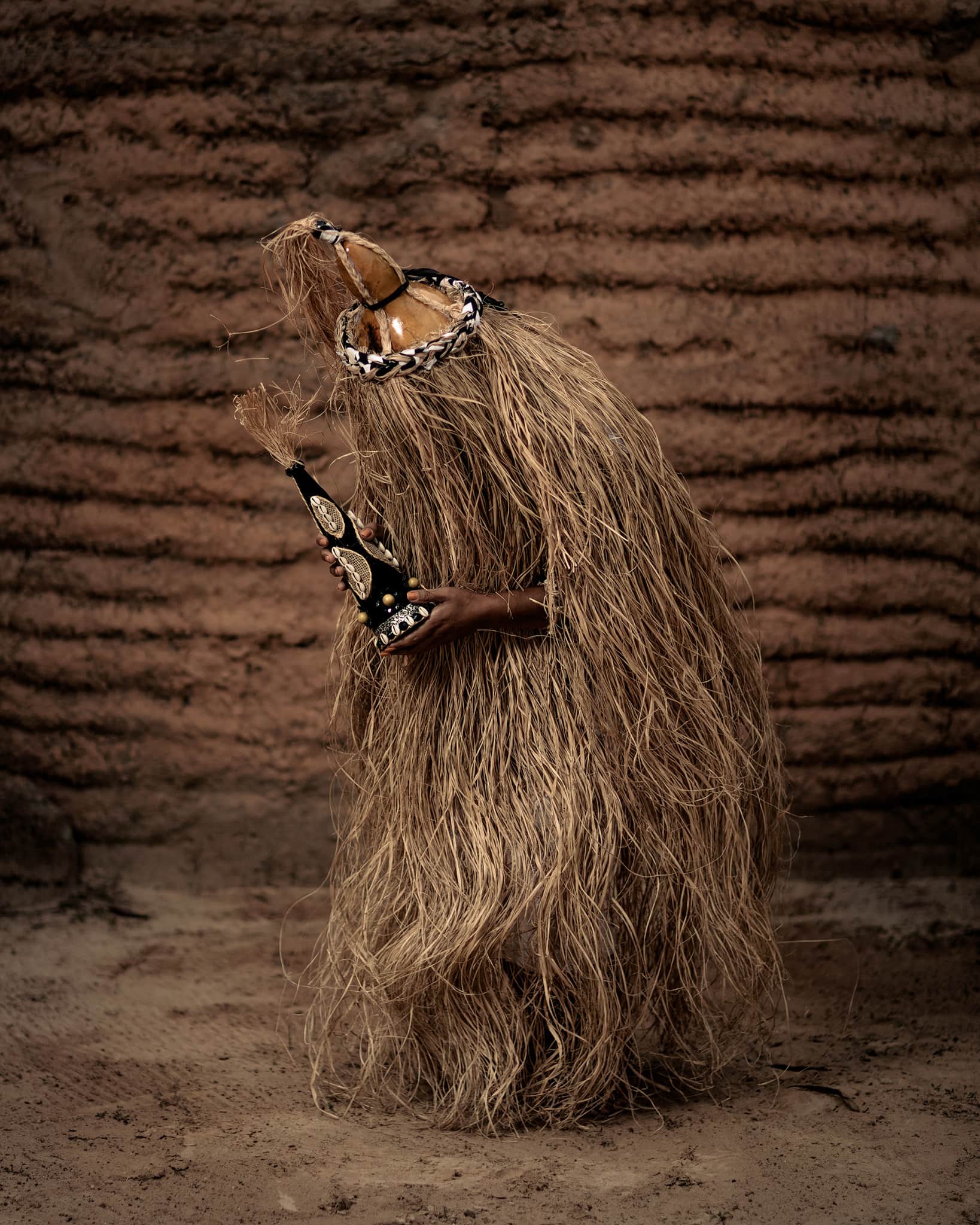
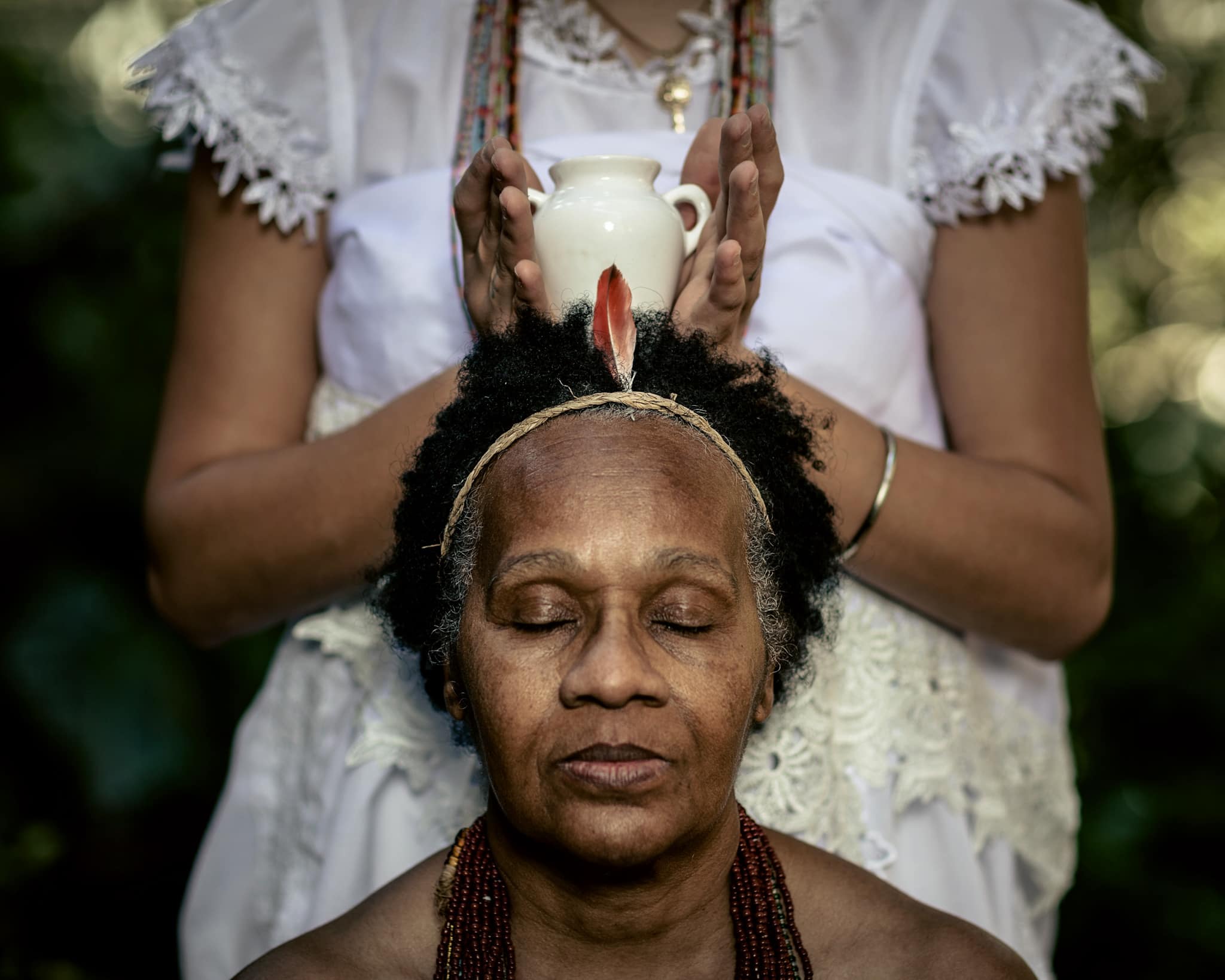
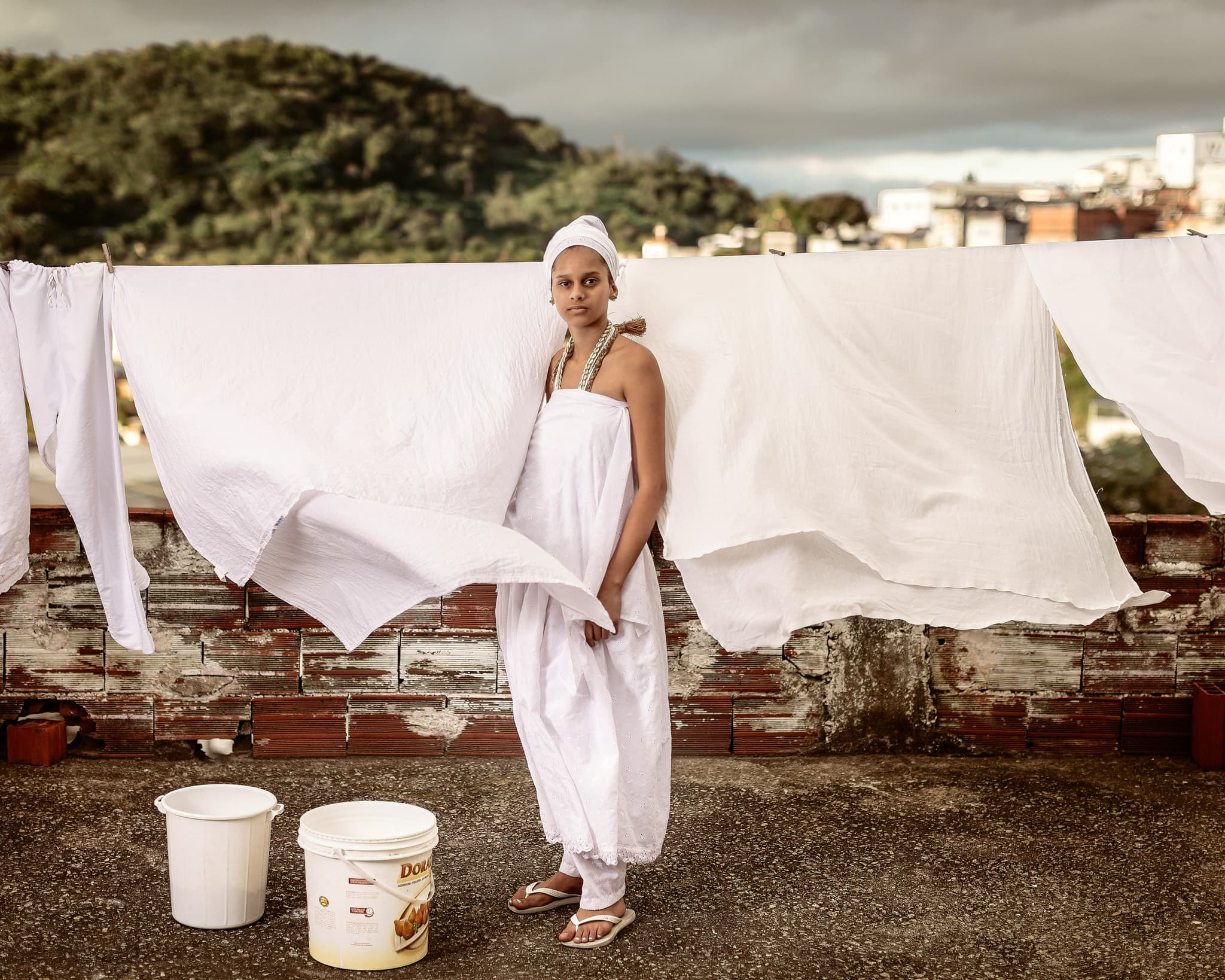
What is it like to work with something that you are intimately connected to at the same time?
At times, it is harder because I have to think like a journalist and also religiously. There are some things in my religion that we couldn’t take pictures of. Some rituals, for example, in Candomblé, are when there are animal sacrifices. For this reason, at times I need to think religiously to understand things and understand when I can take photos. It helps me a lot because I speak the language of the people I am documenting.
These religions are, for the most part, of poor, black people, who are the most affected by the pandemic. The temples and churches were in the favelas or in the poorest neighborhoods, where there were more infections and more deaths. Then temples had to close. They were affected in the health part and the economic part.
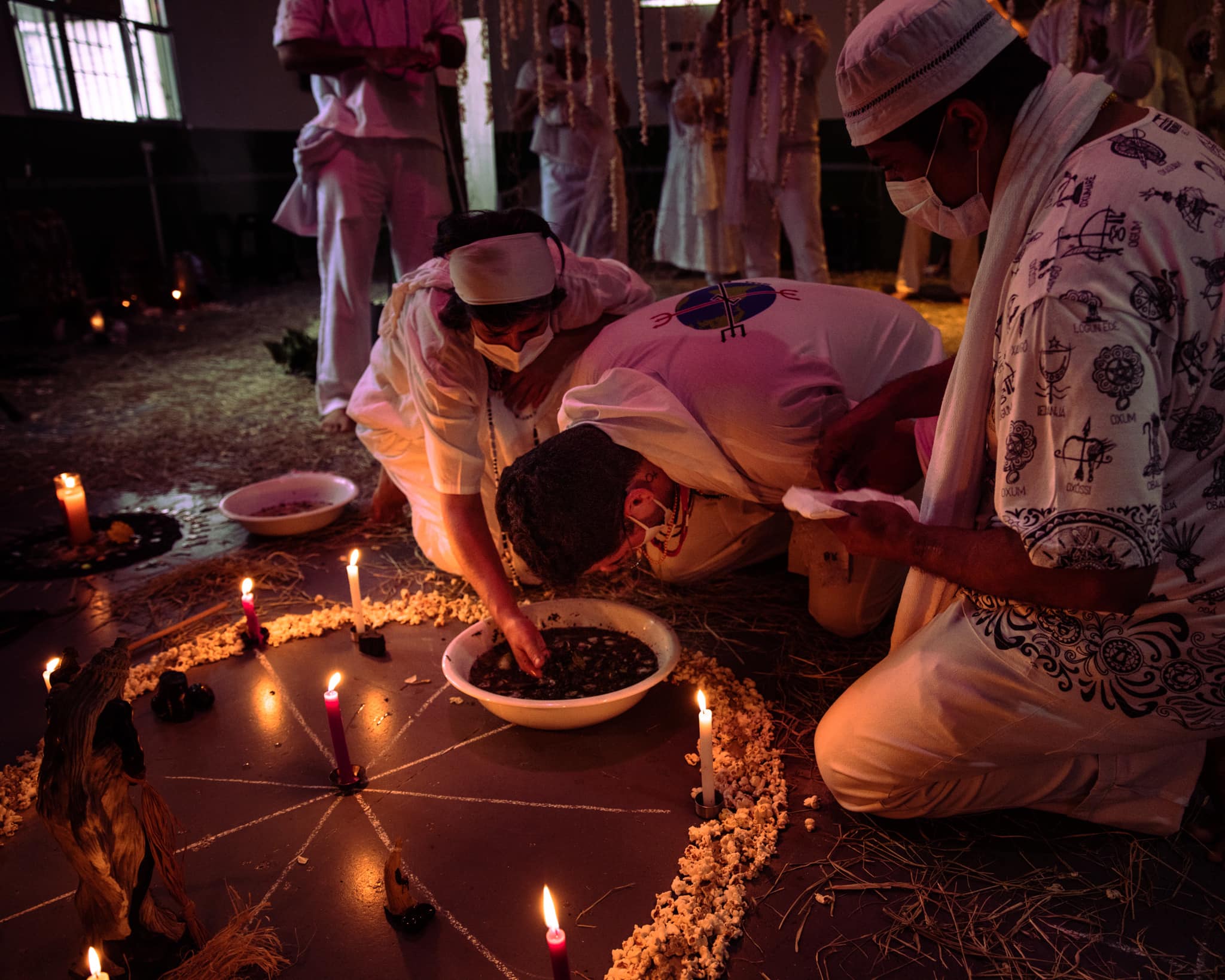
These religions suffer a lot from religious racism, a racism that begins before colonization when the Spanish go to Africa and begin to see them as inferior beings. They are people of other cultures, who make sacrifices… From the first moment, they were seen as something minor. Those religions were seen as primitive, so the Brazilian Government always insisted on attacking, like a past that is not wanted. It was seen as a backward thing.
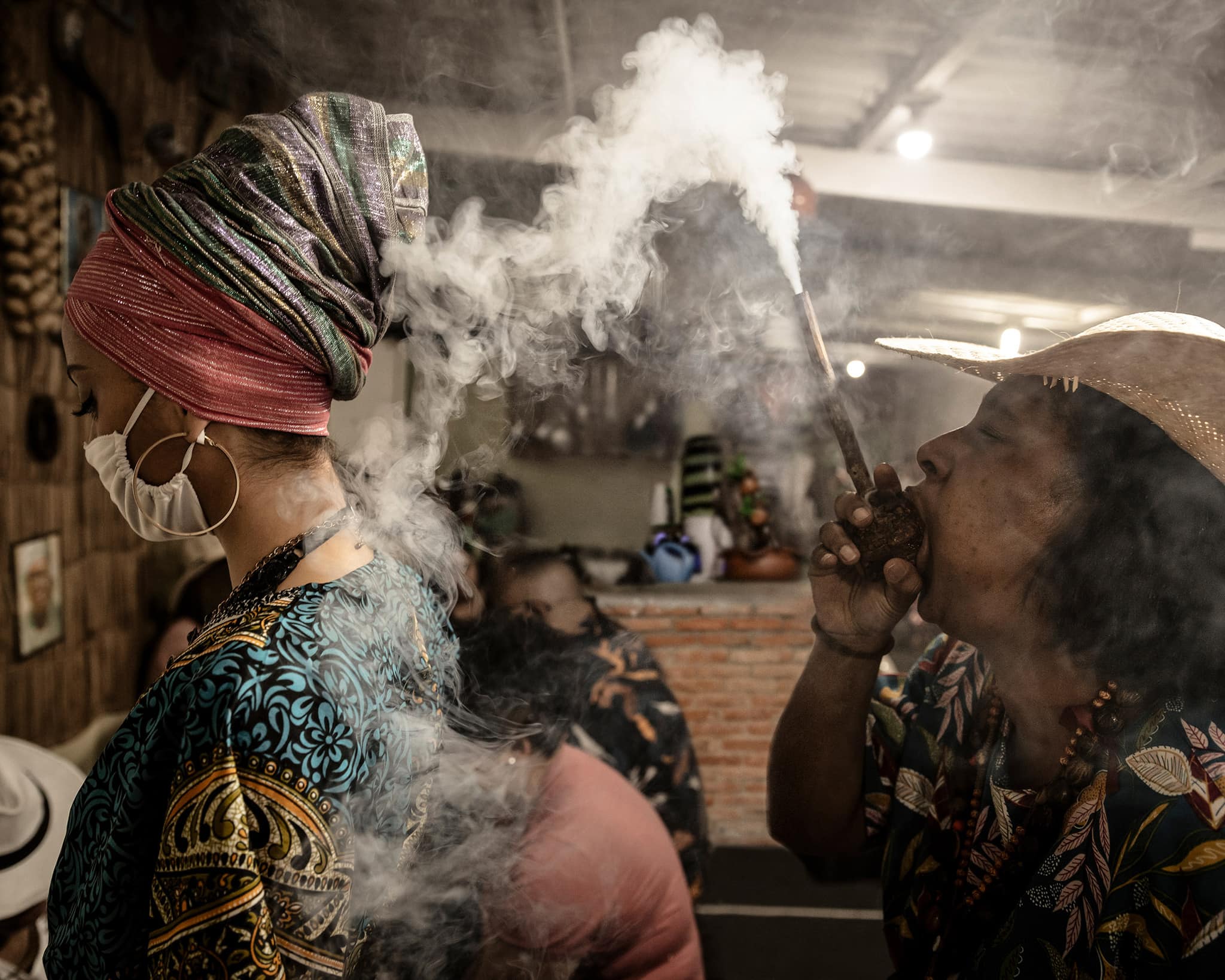
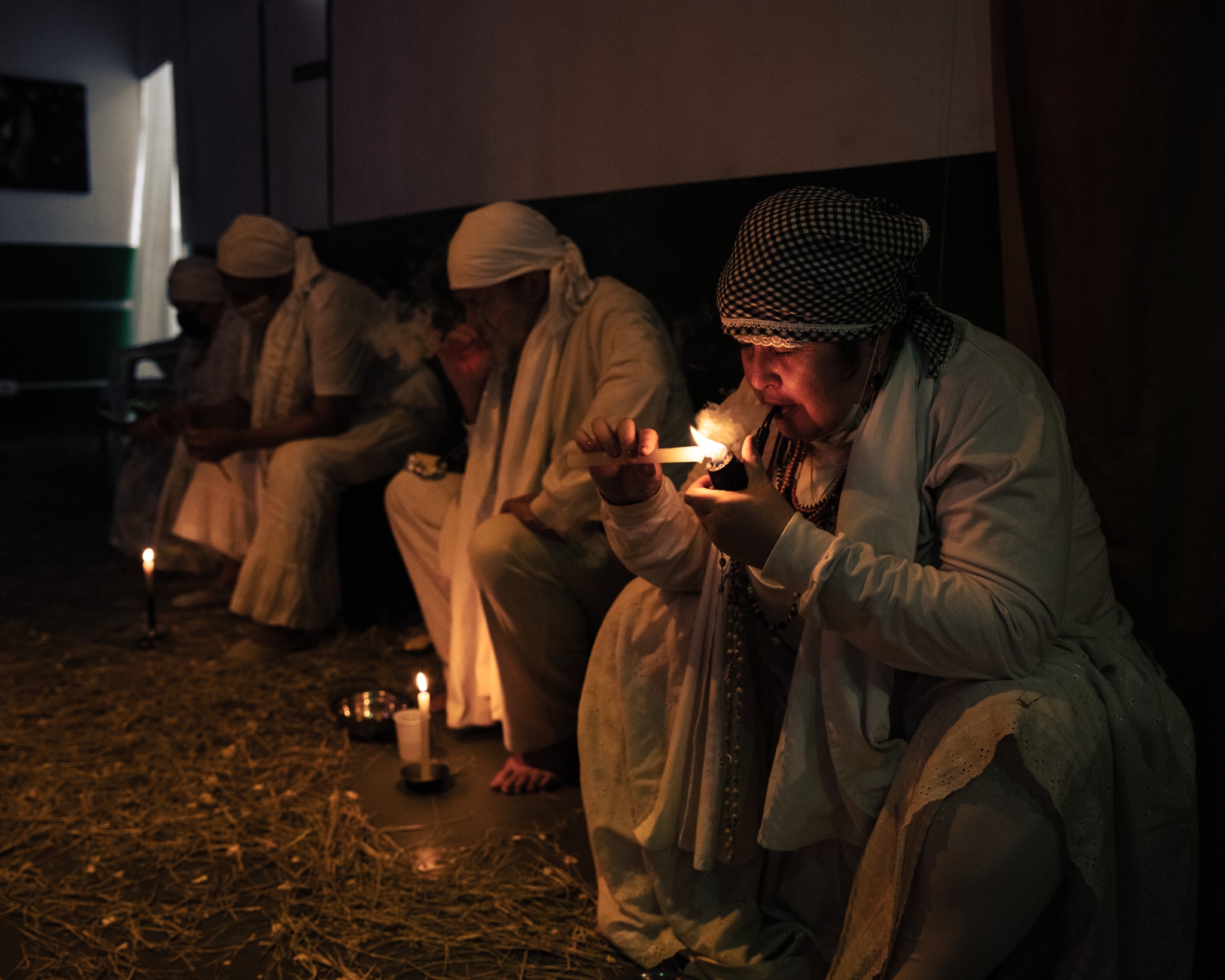
What were you able to document?
I began to record how the pandemic affected Afro-indigenous religions. The idea was to document how these religions did to maintain their axé, the creative dynamic vital energy of the entire universe. The idea is that the entire universe is like a molecule. The axé is dynamic, like water: if it stands still, there is a problem. So the universe has axé, but it has to be in motion. The pandemic caused a stoppage, both of the temples and religious activities. These religions understand worship collectively. In the Christian church, for example, you can pray at home alone. But in these, although they allow it, the axé has to do with the festival, with the community.
Unlike the Christian religions, in the Afro-indigenous one are very present the herbs, the praying, the curing people with rituals, the “curing the head”. Those religions understand that the head is where anxiety, depression, mental health problems that affect people’s lives. Then the priests began to take care of the health of the people. Brazil is a country that is first in the world in the ranking of anxiety and fourth in depression. With the pandemic, cases of anxiety and depression soared. It was a country emotionally affected by economic and political issues. Then they began to work individual rituals or in small groups. Although before they were 100 or 200 people, they began to make 5 or 10 people. Now, little by little, activity is being resumed.
